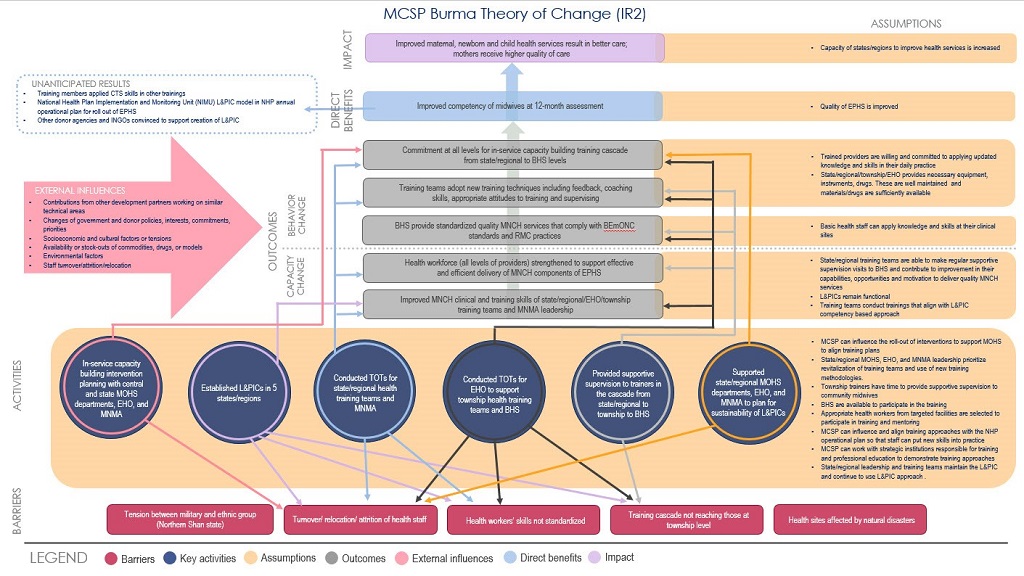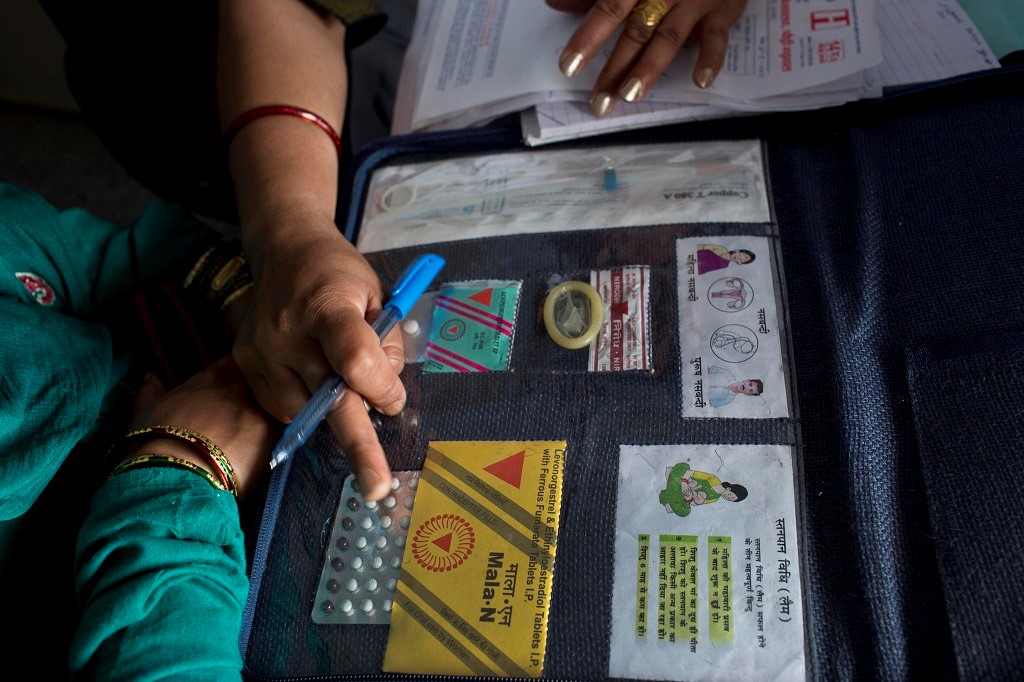Contribution analysis (CA) is a theory-based evaluation approach. Grounded in well-articulated theories of change, this approach gives us a way to understand whether and how interventions supported by a program may have caused or contributed to changes in outcomes.
This approach is especially useful when it is not feasible or appropriate to use traditional impact evaluation methods, such as experimental and quasi-experimental designs. The process begins by understanding why you expected specific interventions to result in certain changes, and what other factors could have played a role in creating these changes.
CA is one of several more creative or emerging approaches used by donors and nongovernmental organizations to capture the results of their work in holistic yet rigorous ways. MCSP applied the six-step CA process in three countries – Burma, India and Rwanda – to understand the extent to which the Program supported Ministries of Health to:
- Bring about anticipated changes;
- Examine which factors have proved critical in helping or preventing change; and
- Draw lessons for future programming.
This process included using theories of change to illustrate how and why desired changes were expected to happen in a particular context, and then triangulating evidence to determine whether expected changes in fact occurred. Examples of contribution statements developed included:
- In Burma: How did MCSP support the Ministry of Health to increase the availability and capacity of government health workers to address maternal and newborn health needs?
- In India: How and to what extent did MCSP contribute to the expansion of family planning methods in 52 program-supported public sector facilities in seven districts of five states (Odisha, Chhattisgarh, Maharashtra, Telangana and Assam)?
- In Rwanda: How did MCSP contribute to an increase in in the uptake of postpartum family planning services?
Each country team developed detailed theories of change related to the contribution question that they wanted to focus on for their analysis. An example of a theory of change for Burma is shown here:

The teams then gathered existing evidence related to each causal claim they were trying to make. Data sources for the analyses were varied: existing routine data; quality improvement data; interviews with key stakeholders; program reports; workplans; a desk review of country strategies and policies; and a literature review for each country and technical area. Finally, each country team developed a story based on their statement and the data they used to prove their theories of change.
CA gave MCSP the opportunity to think logically about expected results and the use of existing information to plausibly demonstrate credible contributions. One recommendation for future use is to plan for CA at the beginning of the program and to analyze the theory of change and supporting data as part of ongoing program reviews during implementation.

